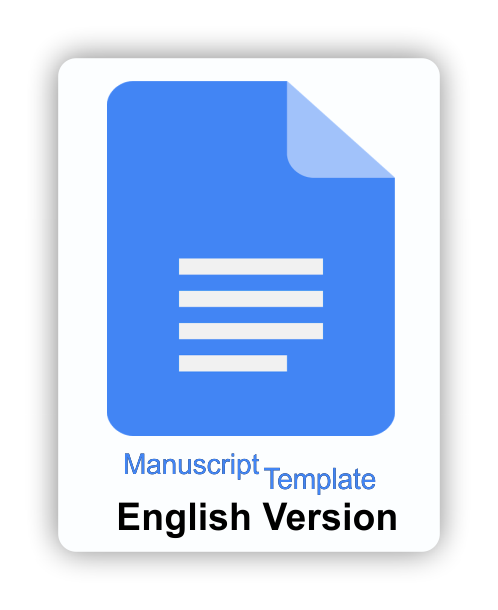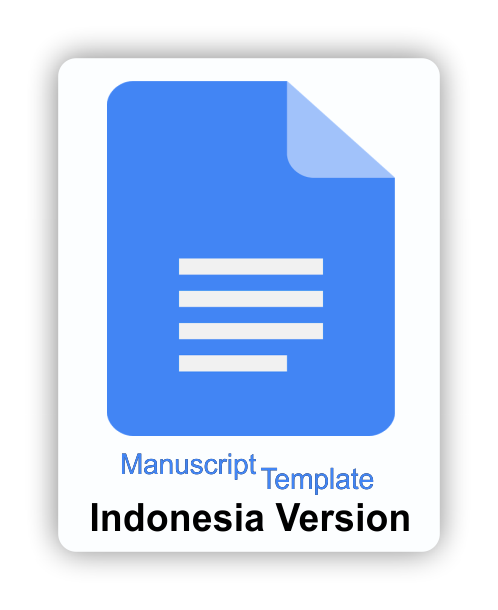Developing augmented reality novel games as English learning media for reading narrative texts
Downloads
Baabdullah, A. M., Alsulaimani, A. A., Allamnakhrah, A., Alalwan, A. A., Dwivedi, Y. K., & Rana, N. P. (2022). Usage of augmented reality (AR) and development of e-learning outcomes: An empirical evaluation of students' e-learning experience. Computers and Education, 177(1), 1–19. https://doi.org/10.1016/j.compedu.2021.104383
Becker, K., & Nguyen, P. (2017). Technology-enhanced language learning for specialized domains: Practical applications and mobility. Language Learning & Technology, 21(3), 67–71. http://hdl.handle.net/10125/44633
Braad, E., Degens, N., Barendregt, W., & Ijsselstejin, W. (2021). Development of a design framework for metacognition in game-based learning. Journal of Interactive Learning Research, 32(4), 295–323. https://www.learntechlib.org/primary/p/220332/
Cubeles, A., & Riu, D. (2018). The effective integration of ICTs in universities: the role of knowledge and academic experience of professors. Technology, Pedagogy and Education, 27(3), 339–349. https://doi.org/10.1080/1475939X.2018.1457978
Dunleavy, M., & Dede, C. (2014). Augmented reality teaching and learning. In Handbook of Research on Educational Communications and Technology (pp. 735–745). Springer. https://doi.org/10.1007/978-1-4614-3185-5_59
Gee, J. P. (2023). What video games have to teach us about learning and literacy. PALGRAVE MACMILLAN.
Kear, K., Cathryn Peoples, Helen Donelan, & Jon Rosewell. (2022). Active participation in synchronous online learning. Envisioning Report for Empowering Universities, 6(May), 24–26. https://doi.org/10.5281/zenodo.6511424
Kohnke, L. (2020). Exploring learner perception, experience and motivation of using a Mobile App in l2 vocabulary acquisition. International Journal of Computer-Assisted Language Learning and Teaching, 10(1), 15–26. https://doi.org/10.4018/IJCALLT.2020010102
Lai, A.F., Chen, C.H., & Lee, G.Y. (2019). An augmented reality-based learning approach to enhancing students' science reading performances from the perspective of the cognitive load theory. BJET: British Journal of Educational Technology, 50(1), 232–247. https://doi.org/10.1111/bjet.12716
Manna, M. (2023). Teachers as augmented reality designers: a study on Italian as a foreign language – teacher perceptions. International Journal of Mobile and Blended Learning, 15(2), 1–16. https://doi.org/10.4018/IJMBL.318667
Naciri, A., Baba, M. A., Achbani, A., & Kharbach, A. (2020). Mobile learning in higher education: Unavoidable alternative during covid-19. Aqudemia, 4(1), 1–2. https://doi.org/10.29333/aquademia/8227
Prensky, M. (2001). Digital natives, digital immigrants part 1. On the Horizon, 9(5), 1–6. https://doi.org/10.1108/10748120110424816
Schrader, C., Reichelt, M., & Zander, S. (2018). The effect of the personalization principle on multimedia learning: The role of student individual interests as a predictor. Educational Technology Research and Development, 66(6), 1387–1397. https://doi.org/10.1007/s11423-018-9588-8
Semmel, M. I., Semmel, D. S., & Thiagarajan, S. (1974). Instructional development for training teachers of exceptional children: A sourcebook. Indiana University.
Suharto, G. (2006). Penilaian pembelajaran bahasa inggris. P2B UNY.
Taeger, S. D., & Yanchar, S. C. (2019). Principles and practices of designing narrative distance for transformative learning experiences. Educational Media International, 56(2), 164–181. https://doi.org/10.1080/09523987.2019.1614322
Tai, T.Y. (2022). Impact of mobile virtual reality on EFL learners' listening comprehension. Language Learning & Technology, 26(1), 1–23. https://hdl.handle.net/10125/73491
Titus, S., & Ng'ambi, D. (2023). Digital gaming for cross-cultural learning: Development of a social constructivist game based learning model at a South African University. International Journal of Game-Based Learning, 13(1), 1–20. https://doi.org/10.4018/IJGBL.331995
Vygotsky, L. S. (1980). Mind in society: Development of higher psychological processes. Harvard University Press.
Youngs, B. L. (2021). Item-level learning analytics: Ensuring quality in an online French course. Language Learning & Technology, 25(1), 73–91. https://hdl.handle.net/10125/73426
The journal allows the author(s) to hold the copyright without restrictions. Finally, the journal allows the author(s) to retain publishing rights without restrictions
 | Jurnal Inovasi Teknologi Pendidikan by http://journal.uny.ac.id/index.php/jitp is licensed under a Creative Commons Attribution-ShareAlike 4.0 International License. |























